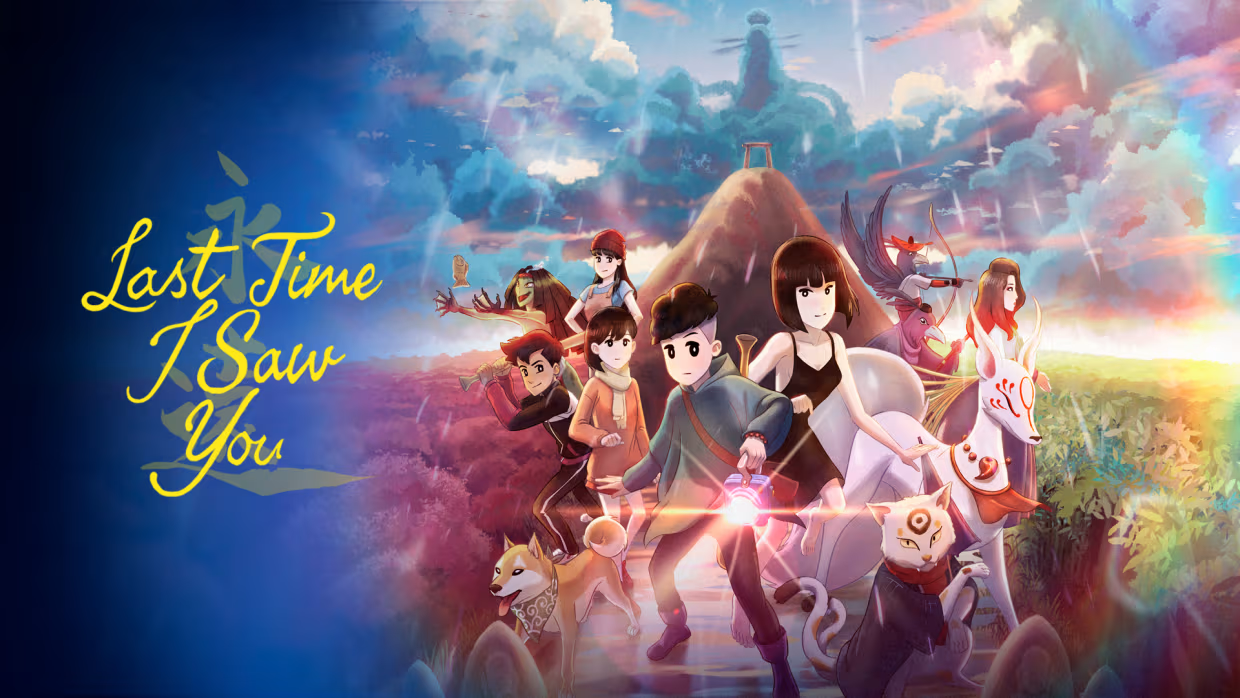Chorus Worldwide and slice-of-life games are slowly becoming the collaboration I look forward to from the publishing arm. I was enamoured by last year’s A Space for the Unbound, tepid but optimistic about Ghost Stories: Third Eye Open and now with Maboroshi Artworks’ debut, Last Time I Saw You, I’m somewhere between the two. But for the purpose of intrigue in the review, I’m leaning one way more than the other.
The game is a 2D adventure platformer set in 1980s Japan with a delightful hand-drawn art style. If you’re familiar with my reviews, then you’ll know I’m basically every fish in that barrel of genre buzzwords. And as such, if your bingo card of gaming interests are like mine, then you may have a full house.
Featuring some light combat encounters, plenty of characters to interact with and a mystery at the centre of Last Time I Saw You’s typhoon-related plot, has the game taken me by storm? Or is it just a light bit of drizzle? I guess I’ll be your weatherman this time and divulge my forecast to you.
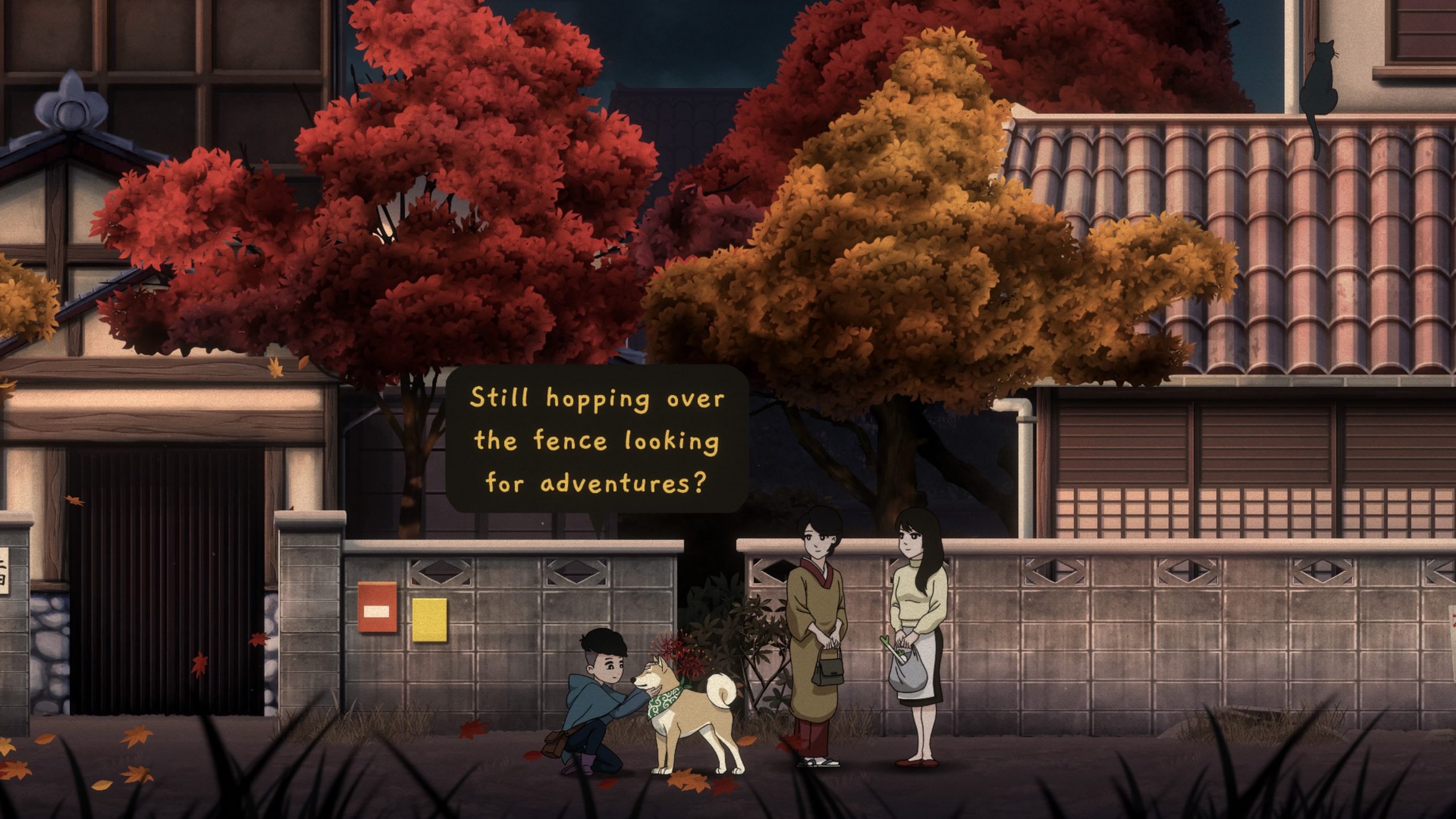
Where The Wild Things Are
The game follows the story of Ayumi, a teenager living in the small, mystical town of Atami. It’s late into the typhoon season in Japan and the storms have a strange connection to Ayumi’s dreams of a mysterious woman. Not content with it just being a dream, Ayumi sets out to find this woman, leading him to visit the forest that no one goes into, because of the Japanese-inspired folklore spirits known as Yokai.
There’s a lot of superstition and genuine fear of Yokai amongst the townsfolk, so going into the forest where they’re said to be is a big no-no. However, Ayumi is drawn to it — is this the place that’ll resolve his enigmatic dreams? Last Time I Saw You does a fantastic job of putting you in the shoes of someone going through the trials and tribulations of growing up.
Even with the snappy and vernacular style dialogue he has with his parents or friends, all of the quippy interactions build on the nuance that is its tone. Part of this is because as you’re exploring Atami, a lot of the dialogue is up to you to engage with. I would highly suggest that you do because it gives the game such a lovely atmosphere.
The game undoubtedly ends up in the more fantastical realm, but it’s the more grounded coming-of-age stuff that shines through. Awkward will-they-won’t-theys, the challenges you face having best friends and the naive and optimistic lens are at the heart of it all; It feels like the season the game portrays.
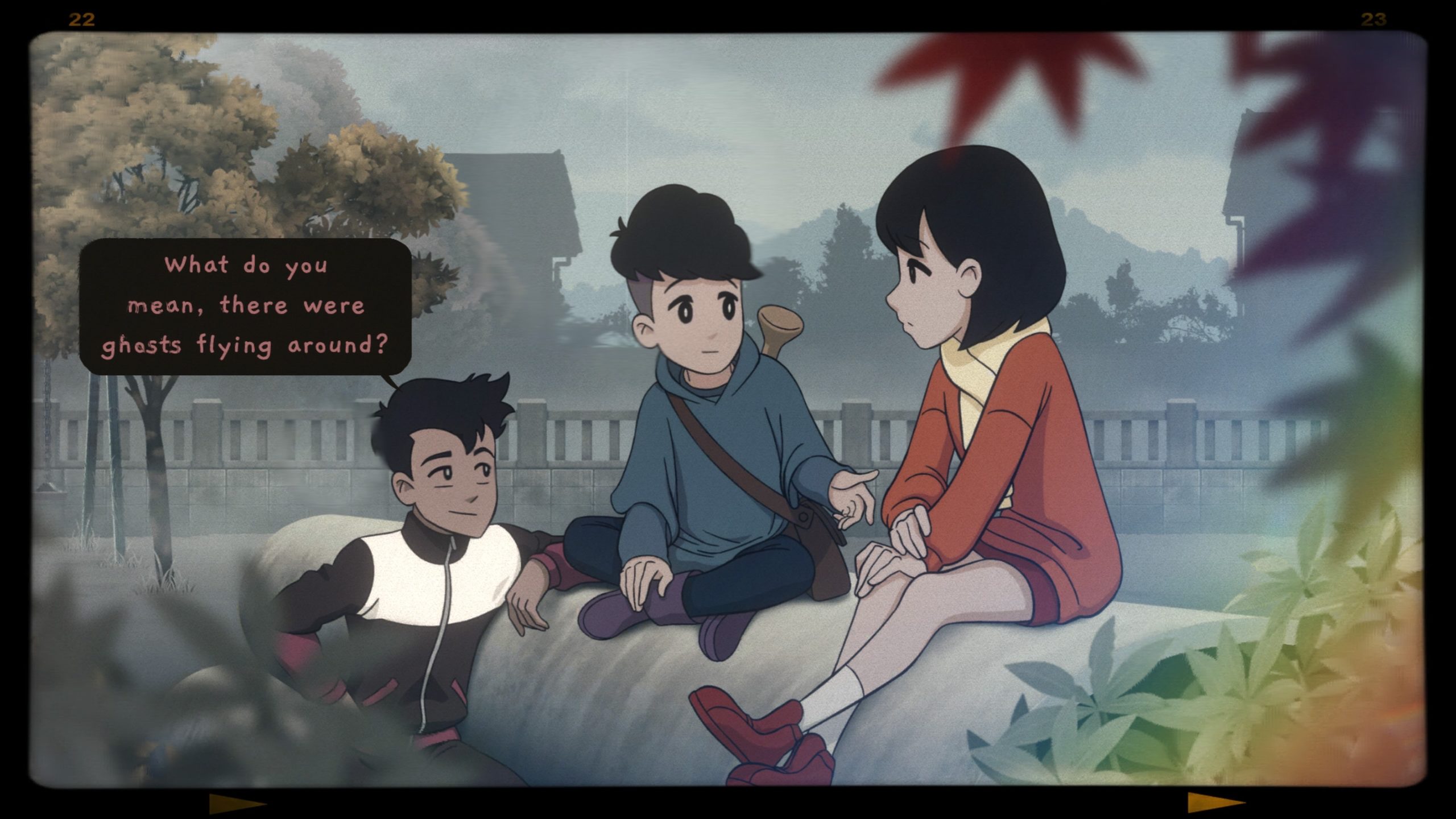
Ghost Whisperer
Being a 2D platformer, you’ll run left or right to venture through town, visit the forest and maybe even break into school — weird, I know but stranger things are happening for Ayumi! It’s just small enough of an area that a map isn’t necessary, but that does mean some of the earlier moments had me wasting time running back and forth as I got my bearings.
You have a baseball bat to swing at some shadowy spirits, as well as some of the environments to open up new pathways. It’s all quite simple gameplay-wise and does feel like a visual novel that you can freely move around in, but I kind of got into just how laid-back it all is. The stakes are only ever as high as a teenager’s worst nightmares (so not very much) but the melodrama of it all never felt tactless.
There’s not much else you’ll do during the main quest playthrough, outside of running around, talking to people and finding collectibles, however, that lack of pushback lets everything else around it work its magic.
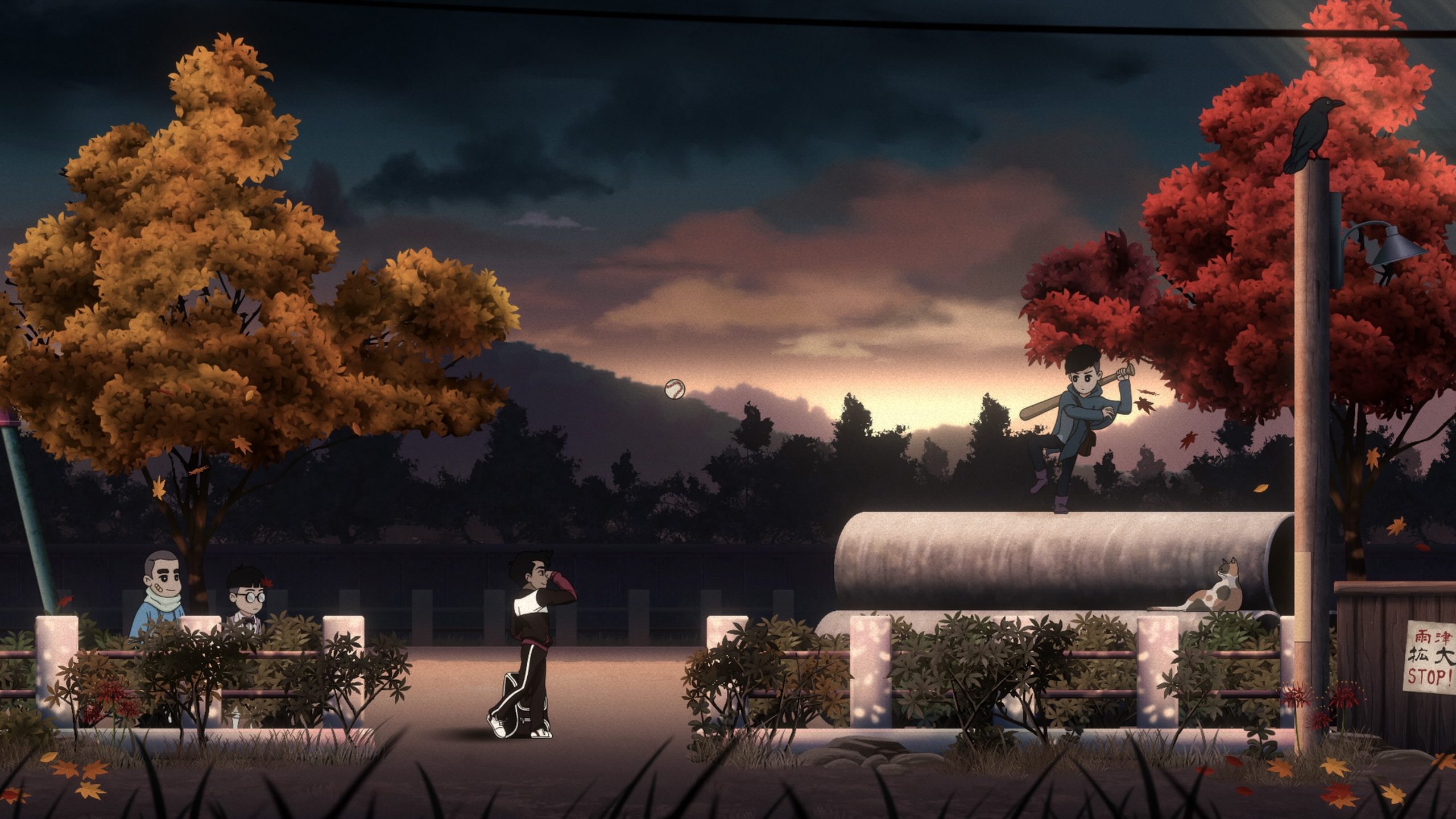
Being A Busy Body
Whilst you’re investigating the source of these unusually dangerous typhoons, that could be linked to the spirits of the Yokai, you fill out your duties of being an inquisitive kid. This takes form in the side quests and the couple of minigames you’ll find around Atami. As I mentioned earlier, dialogue is snappy, so speaking to the townsfolk immediately has you invested in wanting to help them.
It feels rewarding to spend those extra moments interacting with everything, whether that reward is monetary or a deeper understanding of your peers. As for the two minigames, the baseball try-outs is fine albeit superfluous but the other doubled my playtime. In the living room, you’ll have the option to play a video game known as ‘5 Dragons Legend’ — an 8-bit platformer where you defeat ninjas, spirits and dragons in obtuse retro fashion.
I absolutely hated the minigame but obviously loved it as well. It’s tough, even unfair to a certain extent but it was nostalgic and bolsters the 80s setting. And I think that’s a perfect anecdote to distil what Last Time I Saw You is all about. It’s the finer details that aren’t thrown at you but offered for you to dive into and I completely became immersed in the chilled out vibes.
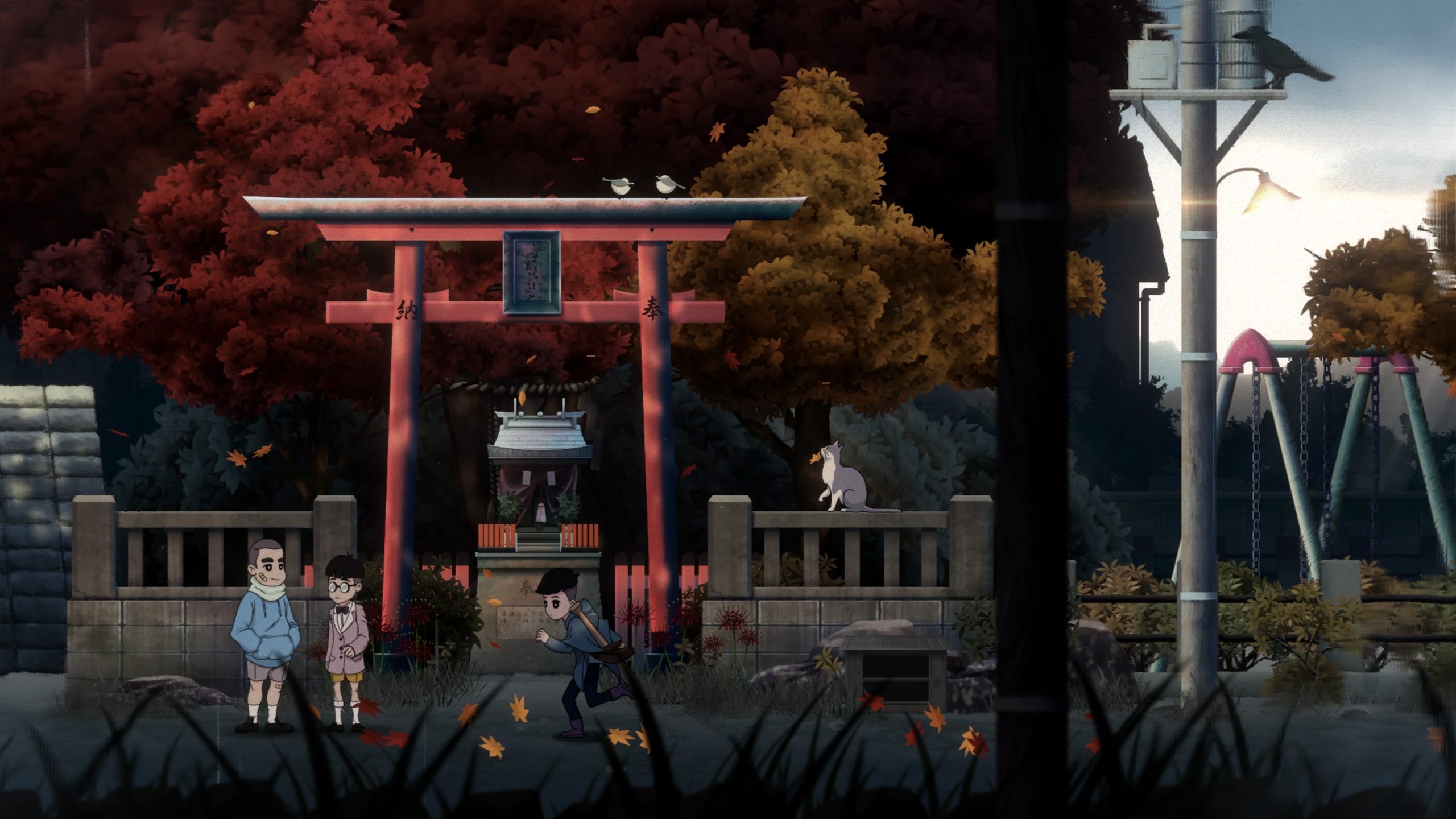
Picturesque Town
Not to mention that the game’s aesthetic also lends itself to those vibes. Last Time I Saw You has this hand-drawn, almost-chibi-like art style that uses traditional style animation. It’s unconventionally designed, meaning it’s not quite what you’d see in a manga or anime but that distinction is what sets this game apart for a unique style. Now, being a smaller-scale game with what I assume is a relatively small budget, there isn’t a ton of animation happening in the game. Most of the scenes are quite static, which does lose some of that immersion I spoke about earlier.
With that said, the background environments can look great. During most of the outside sections, you have this piercing lens flare coming from the almost constant orange sunset peering from the grey and navy storm clouds. There’s a lot of this effect, that also comes with this autumnal colour palette too that just paints this inviting picture I keep talking about when it comes to the tone.
Furthering that even more, if you can believe it, is the game’s soundtrack. Composed by Laryssa Okada, there’s one comparison I straight away made as the trumpets swelled and piano notes floated freely and that is Sea Power’s Disco Elysium soundtrack — AKA another easy way to my heart. It’s slow, whistful and overall just so befitting of the surrounding design of Last Time I Saw You. There was a vision set out by Maboroshi Artworks and I don’t think they compromised on any of it, because it’s all so succinct.
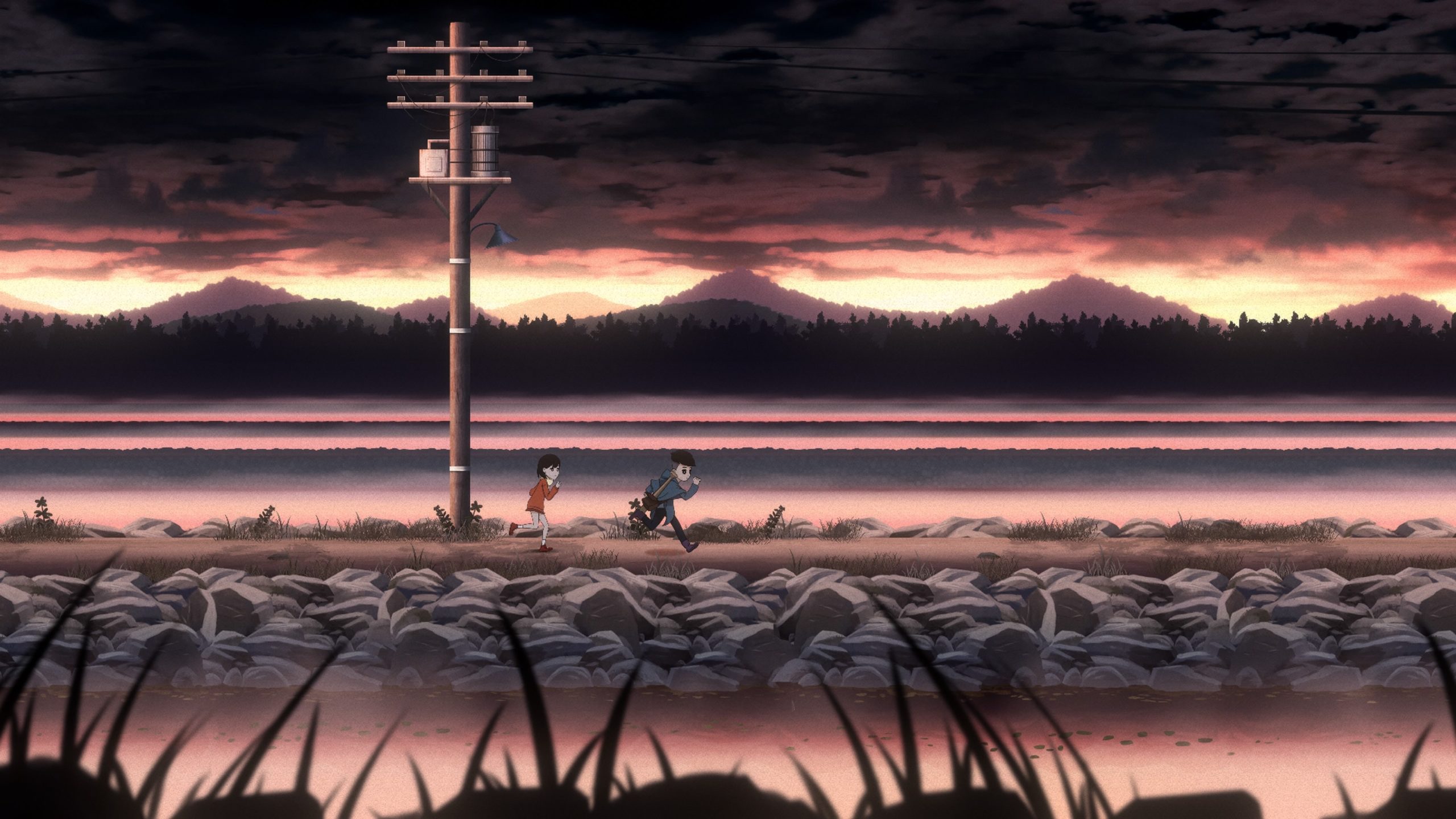
I Guess This Is Growing Up
Overall, I had a very good time with Last Time I Saw You. I do think there’s more to be said about the overall lack of gameplay there is, as I feel Maboroshi Artworks should have maybe leaned into one style of game over another. Either be an outright visual novel or more platforming/combat encounters if you’re going to give us a hint of it.
Through these flaws though, is a neat story that hit close to home despite being from another time and across countries. Last Time I Saw You has a universal appeal of trying to figure it out as a kid; whether that’s from familial struggles like loss or fighting, or navigating how you feel about people in a way that doesn’t get anyone hurt.
There’s a distinct lack of the Yokai in this review, part of that is because it’s a nice surprise with where it goes narratively speaking, but I also believe there’s so much humanity in the living that far exceeds the fantastical side of it all. Whilst this light, breezy yet heartfelt game might not be for everyone, it’s a clear highlight for those who seek simple games with complex feelings behind them.
Last Time I Saw You is available now on PlayStation 5 (review platform), PlayStation 4, Xbox Series X|S, Xbox One, Nintendo Switch and PC via Steam.
Developer: Maboroshi Artworks
Publisher: Chorus Worldwide
Disclaimer: In order to complete this review, we were provided with a promotional copy of the game. For our full review policy, please go here.
If you enjoyed this article or any more of our content, please consider our Patreon.
Make sure to follow Finger Guns on our social channels –Twitter, Facebook, Twitch, Spotify or Apple Podcasts – to keep up to date on our news, reviews and features.
